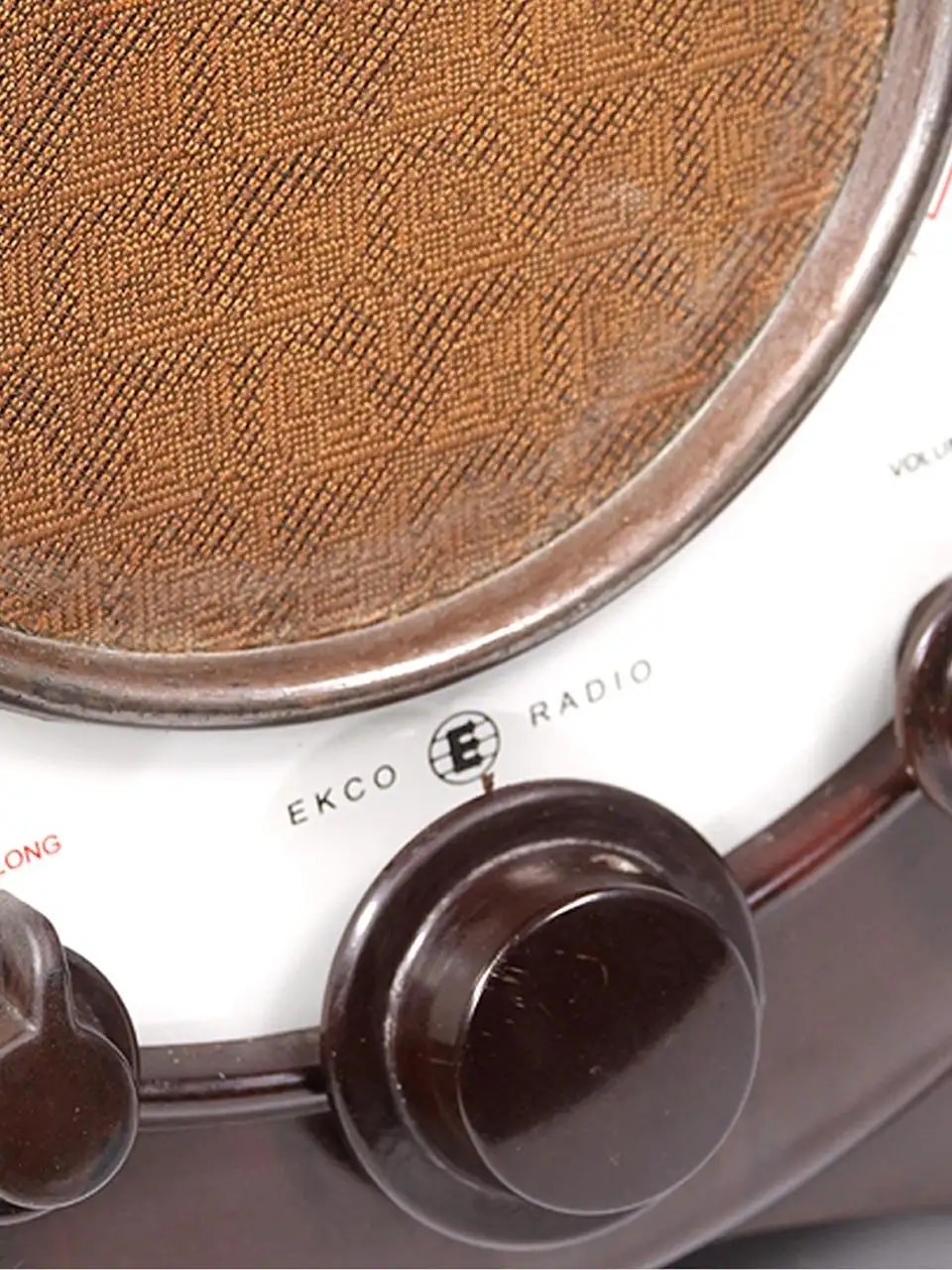150 years ago Guglielmo Marconi was born, and 100 years ago the first public radio broadcast took place: since then radio has become a pillar of communication, but also immediately a design icon, a symbol of modernity decade after decade.
The names of relevant companies such as Braun, Ducati (yes, Ducati) and Brionvega, as well as those of authoritative designers such as the Castiglioni brothers, Zanuso and Sapper, Le Corbusier, Starck, Panton and Loewy would make the history of this innovation, following and valorizing technological changes such as the invention of the transistor and the consequent miniaturisation of products, but also those related to materials with the advent of plastics in mass products, from bakelite to the most modern technopolymers.

ADI Design Museum in Milan has dedicated the exhibition Radio design: l'evoluzione estetica degli apparecchi radiofonici (Radio Design: the aesthetic evolution of radio sets, open until 27 September; then in Bologna at the Fondazione Cirulli, from 4 to 31 October) to this design pillar, where over fifty models from the private collection of Davide Vercelli, designer and curator, tell this story of aesthetics and innovation
The Braun SK4 radio-grammophone, designed by Dieter Rams and Hans Gugelot, stands out as one of the most influential products of the German functionalist philosophy with its minimalist design and pioneering use of materials such as plexiglass: a new standard with which Rams, promoter of the principle "Less, but better", helped inspire entire generations of designers. Another masterpiece on show is the Brionvega TS502, also known as the “Cubo”. Designed by Marco Zanuso and Richard Sapper, side by side with the important contribution of Achille and Pier Giacomo Castiglioni, with their Phonola 547 radio, a prime example of innovation in the use of materials like bakelite, which made quality design accessible to the public.
Not only aesthetics then, but also socio-cultural impact: radio as a powerful means of communication and entertainment, as an instrument of political propaganda, and as an engine of innovation in design thinking. From the way Gio Ponti launched a competition for the modernist radio through Domus, to the ‘Space Age’ design of the early 1970s, and the radio-objects for interiors of the 1990s, just as from the first valve-operated mobile radios we have come to the most microscopic digital devices. We have selected 5 of these designs that best tell this more than century-long story.
Opening image: Marco Zanuso and Richard Sapper, Radio Cubio, Brionvega. Courtesy Brionvega

A new world of Italian style
The result of an international joint venture, Nexion combines the values of Made in Italy with those of Indian manufacturing. A partnership from which the Lithic collection of ceramic surfaces was born.















